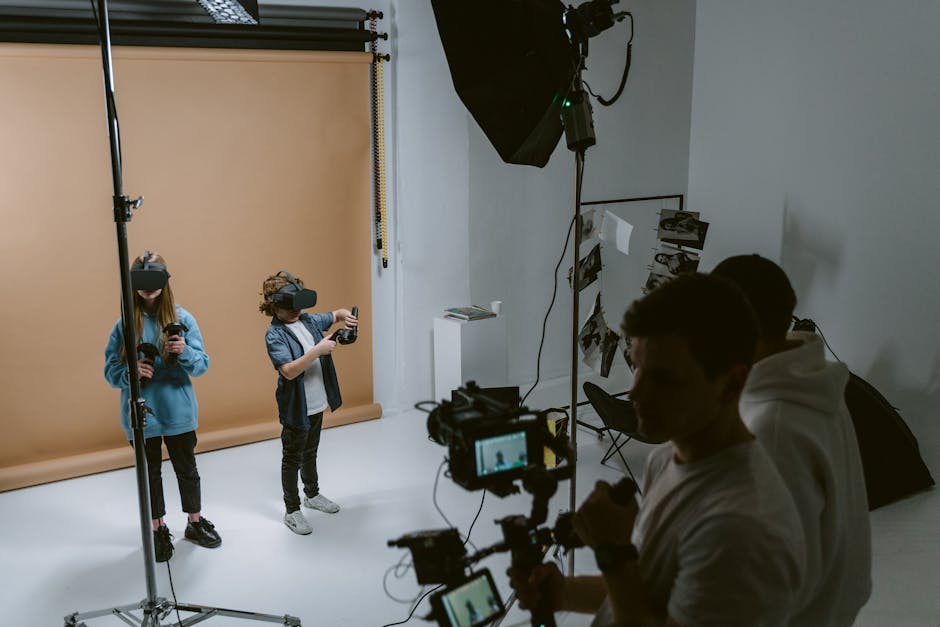Digital Art Business Models
In the digital art landscape, artists are finding success through diverse business models including freelance work, in-house roles, and independent contracting.
Freelance digital artists like Tiffany Dnaka have built thriving businesses by leveraging social media and creating their own platforms. In-house positions, exemplified by Bobby Melok's role at WWE, offer stability and skill development. Independent contractors like Angela of Love & Logic enjoy the freedom to focus on chosen projects.
Companies like UX studio and VecRas Creations demonstrate how identifying market gaps can lead to successful ventures. Platforms such as The Design Database connect freelancers with opportunities while fostering community.
Emerging technologies like NFTs and AI-generated art are opening new avenues for digital artists to explore and monetize their work. For example:
- Beeple's NFT artwork "Everydays: The First 5000 Days" sold for $69 million at Christie's auction
- Krista Kim created "Mars House," the world's first NFT digital house, sold for over $500,000
Skill Development in Digital Art
Digital artists thrive by blending traditional art fundamentals with digital techniques. Core principles like composition, perspective, and color theory remain crucial, while mastery of digital tools expands creative possibilities.
Continuous learning is essential in the ever-evolving digital landscape. Online platforms offer courses and tutorials to help artists stay current with new technologies and techniques.
Social media serves as both a showcase and learning tool, allowing artists to share work, gain feedback, and draw inspiration from peers. This cycle of creation, sharing, and improvement helps digital artists refine their skills and find their unique voice.
The journey of a digital artist involves weaving together traditional artistry, digital mastery, and an understanding of modern tools and platforms. This blend allows artists to create work that is both rooted in artistic tradition and pushing into new frontiers.
"Digital art with iPad and Apple Pencil has helped to expand my creative thinking." – Apichaya "Bim" Wannakit, Fine Art student
Technology's Role in Digital Art
Technology has revolutionized how digital art is created, shared, and monetized. Software like Adobe Illustrator and Procreate transform screens into limitless canvases, while 3D programs enable artists to sculpt virtual masterpieces.
Social media platforms have become virtual galleries, allowing artists to reach global audiences instantly. This democratization of exhibition space has opened new pathways for recognition and success.
NFTs have disrupted traditional notions of art ownership and value, as seen with Beeple's multi-million dollar sales. Crowdfunding platforms like Kickstarter and Patreon offer artists direct connections to supporters, fostering creative autonomy.
From AI-generated content to virtual reality experiences, technology continues to push the boundaries of what's possible in digital art. As technology evolves, so too do the opportunities for digital artists to innovate and express their creativity in new ways.
Key technological tools for digital artists:
- Digital illustration software (e.g., Procreate, Adobe Illustrator)
- 3D modeling and animation programs
- Virtual and augmented reality platforms
- NFT marketplaces
- AI-assisted creation tools

Marketing and Audience Engagement
For digital artists, effective marketing and audience engagement are crucial for success. Social media platforms serve as powerful tools for brand building and connecting with audiences. Each post becomes part of an artist's larger narrative, inviting followers into their creative world.
Online portfolios and websites act as virtual galleries, showcasing an artist's work to a global audience. These digital spaces allow for immersive brand experiences that blend aesthetics with functionality.
Community engagement through platforms like Patreon helps artists build loyal fan bases and secure funding. Live streams and interactive sessions offer behind-the-scenes glimpses that foster authentic connections with supporters.
Collaborations with fellow artists or brands can help expand reach and attract new audiences. Successful marketing for digital artists requires a balance of creativity and strategy, adapting to changing platforms while maintaining a strong, authentic voice.
Effective marketing strategies for digital artists:
- Consistent social media presence
- Engaging online portfolio
- Regular community interaction
- Collaborative projects
- Email newsletters
The digital art world offers diverse paths to success, from freelance gigs to independent studios. By blending creativity with business acumen and embracing new technologies, artists can carve out unique niches and thrive in this dynamic field.
- Campbell N. Learning what doesn't change. Presentation.
- Gurney J. Color and Light: A Guide for the Realist Painter. Andrews McMeel Publishing; 2010.
- Hampton M. Figure Drawing: Design and Invention. M. Hampton; 2009.
- Robertson S. How to Draw. Design Studio Press; 2013.

























